Updated On 27, February 2025
Flipping what is already existing is a way to tell that the existing system needs a change. The suggested change is for renewing the old system of education which was traditionally imparted. The focus was on rote learning and the transfer of knowledge passive. The entire process is reversed in flipped classroom models, making them more learner-centric. The learning process is actively engaged by the pupils.
We'll attempt to gain a deeper comprehension of the idea of flipped classrooms in this blog. We will also understand the challenges in the path and the ways to strategize its better implementation. So let’s get going.
What is Flipped Classroom Model?
The flipped classroom is an innovative pedagogical approach that focuses on shifting the traditional learning style. It includes various activities that aim at increasing student engagement by moving towards a learner-centred approach rather than traditional models. This method enables the teachers to introduce new topics and free up time to explore topics at great length and create meaningful learning opportunities.
What is a Flipped Classroom Pedagogy?
A flipped classroom approach is a teaching strategy in which students experience a new idea outside of the classroom. This happens before the actual class starts. They consume the content of the concept by listening to the pre-recorded lectures and evaluate themselves by going through the related assignments. After they have grasped the concept, the in-class sessions mainly consist of case studies, problem sets, etc. to reinforce the concept.
Some of the benefits of flipped classroom pedagogy are:
- Flexibility for students and teachers
- Self-paced learning for students
- More opportunities for students to interact with peers and teachers
- Enhance independent learning and decrease dependability
These benefits are also the reason why more educators are focusing more on flipping their classrooms.
What Is Bloom's Taxonomy? Applications & Importance Of Bloom's Taxonomy
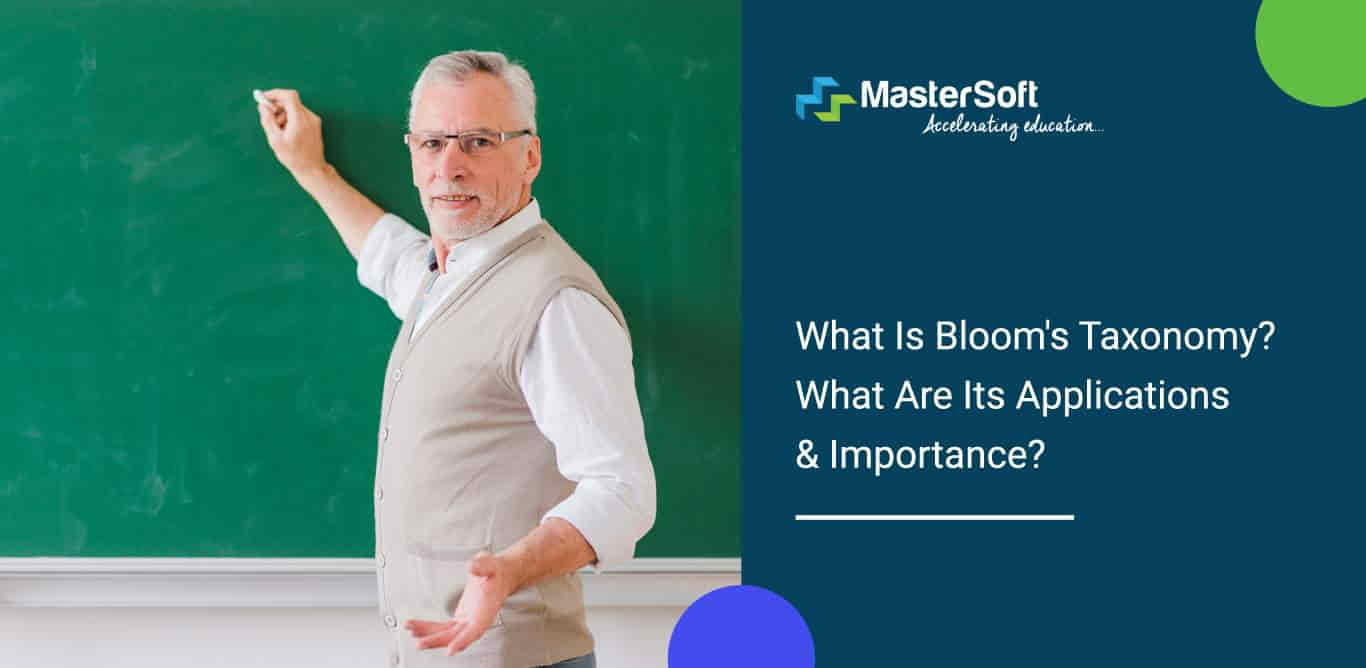
Challenges of Flipped Pedagogy
With every change comes a set of challenges, same is the case with flipped teaching. Let us discuss the challenges along with the solutions of flipped teaching.
Resistance to Change
Students are accustomed to traditional teaching. Hence, they might resist change in learning style. Also, they might resist the responsibility that comes with flipped teaching as they are used to rote learning.
Solution : Teachers can slowly implement the lesson plan so that the students can grasp the content at their own pace. They might also introduce the benefits of this approach that might convince the students.
Digital Divide
One of the obvious concerns to implement flipped teaching models is the access to technology. Not all students are privileged enough to have access to the online materials.
Solution : This can be easily tackled by the school authority if they provide offline content material to the students.
Evaluating Learning Outcomes
Measuring the effectiveness of the flipped learning can be a challenging task. Also, traditional methods of evaluation do not go deep into the understanding of the students.
Solution : Teachers can use a combination of formative and performance based assessments.
Professional Support
Some educators do not have the required skills imparting the learnings in a flipped classroom.
Solution : The institutions can provide professional training for the teachers to acquire the necessary skillsets.
Despite the challenges that flipped pedagogy, this approach remains a strong way to impart learner-centric learning.
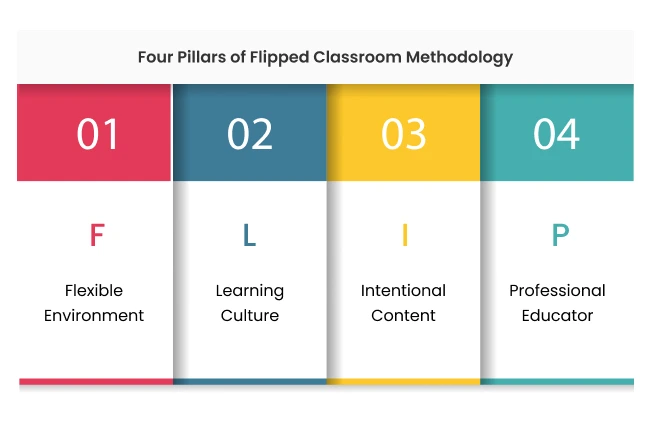
Four Pillars Of Flipped Classroom Model:
The four pillars of Flipped Classroom ( F- L - I - P)
-
F - Flexible Environment
-
L - Learning Culture
-
I - Intentional Content
-
P - Professional Educator
Let’s explore these 4 pillars of Flipped Classroom Model
1. Flexible Environment
Flipped learning enables the teachers to implement a number of varied learning models in the classroom. They can rearrange lesson plans to accommodate a unit or an assignment to support group work or individual study. Moreover, students have different problems and issues that the teacher can observe continually. Following this, they can provide different ways through which students can learn the content and demonstrate mastery over it.
2. Learning Culture
As mentioned previously, this approach shifts the instructional method from the traditional learning system where the teachers are the focus of attention. But in the flipped classroom approach, students take an active role by participating in many in-class activities. A few of the most useful flipped classroom activities include math manipulatives and emerging mathematical technologies, in-depth laboratory experiments, original document analysis, debate or speech presentation, current event discussions, peer-reviewing, project-based learning, and skill development or concept practice.
3. Intentional Content
Educators choose the best content relevant to the students to help them develop conceptual understanding and procedural fluency. In addition, teachers can accomplish the goal by integrating Bloom’s taxonomy within it. By implementing the lower levels of the framework(Remembering and Understanding) in the class and encouraging to use Applying, Analyzing and Creating outside the class.
4. Professional Educator
Professional educators have a significant role in this approach; they continuously observe each student and analyse their performance. Therefore, providing timely feedback to the learners and helping them with mitigative moves is essential. In fact, to make the flipped classroom pedagogy a successful endeavour, educators need to connect with their peers, who could provide helpful peer reviews about the practices.
Flipped Classrooms Models
As we have already seen so far, flipped learning is very different from traditional ones. Here, the educators are just the facilitators. Let us discuss its few models.
Standard Flipping :
Here the video lectures are recorded. The students are required to listen to the lectures and then participate in in-class activities.
One-day-a-week Flipping :
In case the students are overwhelmed with standard flipping, they can opt for one-day-a week flipping. Here, the students take this kind of learning for just a day of the week.
Selected-Content Flipping :
The traditional lectures need not be eliminated entirely from the curriculum. The educators can bifurcate the content for taking lectures and a subset of it can be given to the students to prepare.
Flipping Without Recorded Videos :
The educators often misunderstand the concept. They think that pre-recorded lectures are needed to impart this kind of learning. However, the students can opt for other sources like powerpoint presentations, podcasts etc. which can be curated by the educators.
Full Hybrid Flipping :
The educators can totally eliminate the in-class activities and give the required time to the students for in-depth understanding of the content. This helps the students to get the flexibility and time span to grasp the content.
Strategies to Improve Engagement with Flipped Learning
To maximize the benefits of flipped learning, it is important to strategize its implementation. Let’s see how.
Designing Engaging Materials:
Since the students go through the content outside classrooms, it is necessary to make them interesting. Boring or complex content material can lead to disengagement. Making it interactive and creative are some of the ways by which the students can remain hooked.
Encouraging Accountability :
The flexibility provided by this method is helpful but too much time given can impact the pace of the course completion. Hence, it is important for the students to take accountability of the time they need to complete the pre-class work. For example, providing them short video contents followed by an assessment is a way to impart this.
Using Technology :
Educators can leverage technology and right digital tools to make the in-class learning engaging and interactive. For example, animated youtube videos to impart knowledge in a fun way can be used.
Customized Learning :
It is vital for the educators to see which student is responding in which way to flipped learning and then adjust their teaching style in the same way. Not all students are the same neither are the teaching methodologies. Hence, the educators should remain open to the same.
Regular Feedback :
Like any other new thing that is implemented, flipped learning should be treated the same way. The teachers should get regular feedback from the students and the management for any scope of improvement. Improving on the existing methodology will only enhance the learning capabilities of the students.
Benefits of Implementing Flipped Classroom Model?
In 2007, High school Chemistry teachers Jonathan Bergmann and Aaron Sams were the first to use the concept in their classroom.
There are multiple benefits of the flipped classroom methods that are as follows:
- Rather than focusing on theory-based learning, the approach uses a more application-based technique for students, for instance, hands-on and problem-solving activities.
- The flipped classroom can be effectively implemented in the online learning system through alearning management system. Consequently, it becomes convenient for teachers to manage online classes easily.
- It helps to narrow down the difficulties that each student are facing individually.
- It enhances the communication system by emphasising it in student to student and student to teacher settings.
- It helps the teachers identify the learners' skills and enables them to excel in their abilities.
- It makes a considerable difference regarding interacting with teachers.
Want to Switch to Flipped Classroom Pedagogy?
With all being discussed about the flipped classroom model, it can be concluded that it is an approach for a new wave of learning. This type of learning methodology will help the students understand and reinforce the knowledge. Further, it would help in retaining the knowledge long term and apply it in real-life situations.
If switching to flipped learning sounds like a plan to you, MasterSoft is here to help you. Get in touch with us to know how!
Enhance Learning Approaches of your Institute with MasterSoft!
Mobile: 08448010216
Email:info@mastersofterp.com

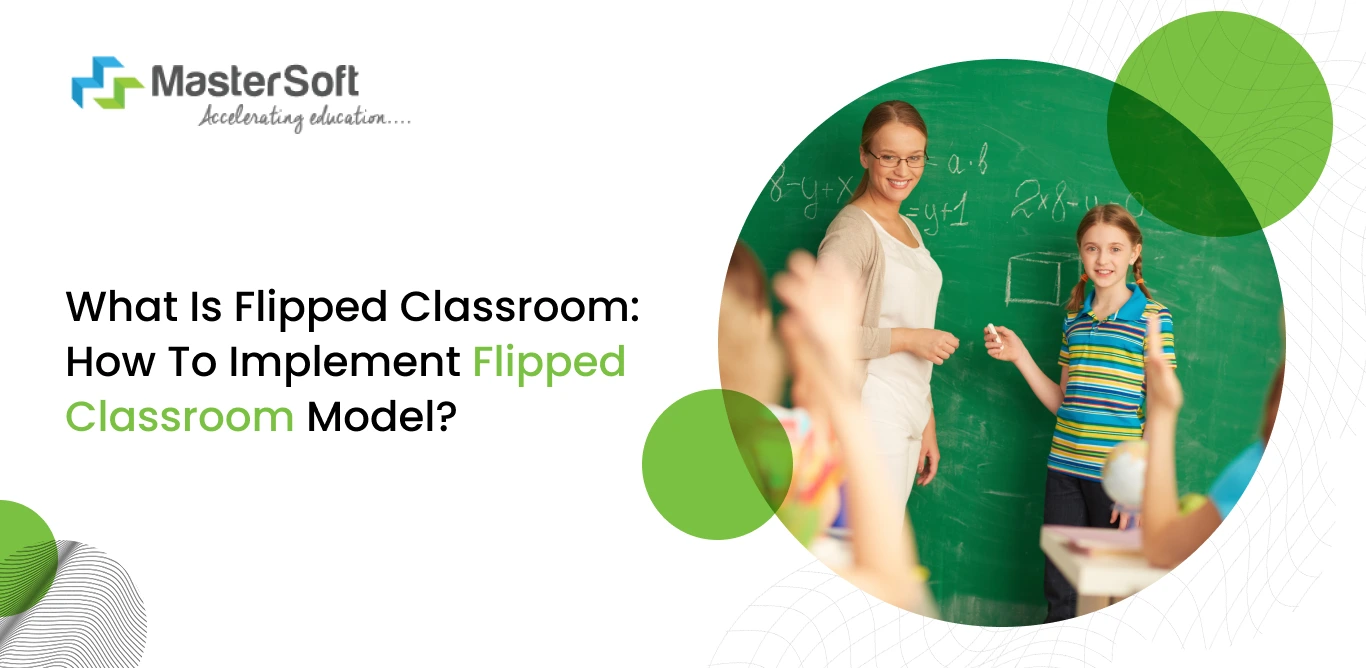

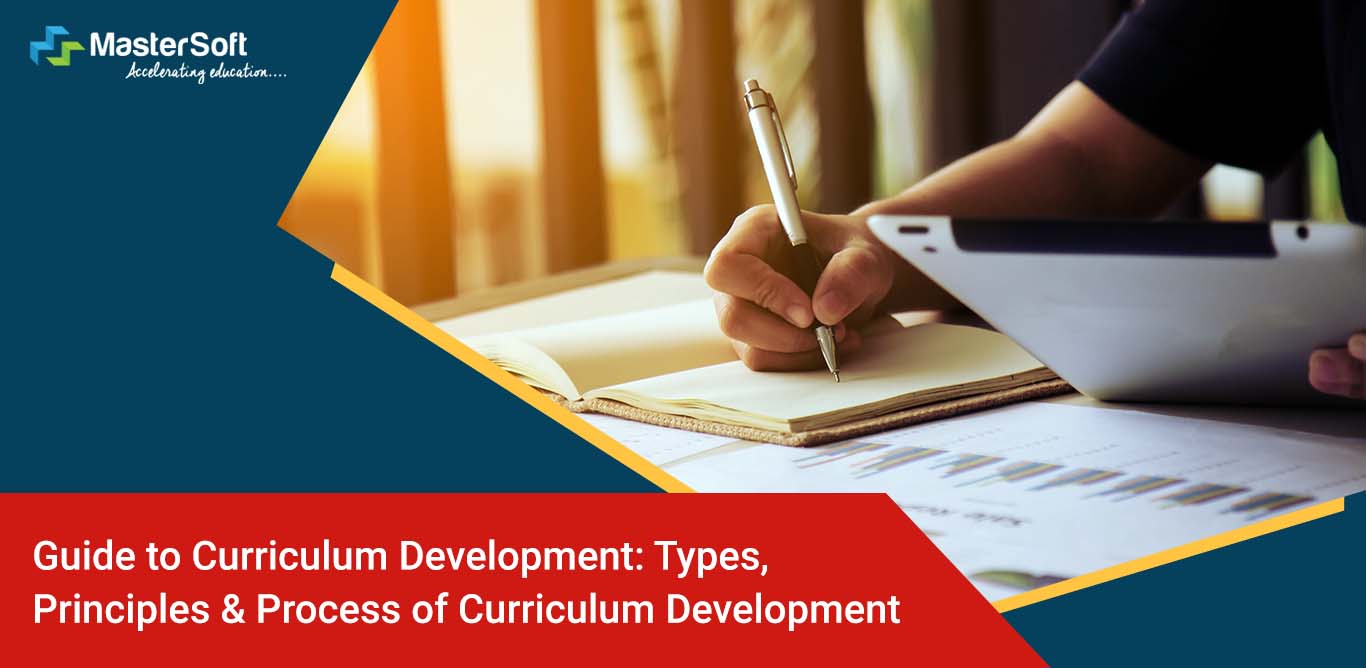




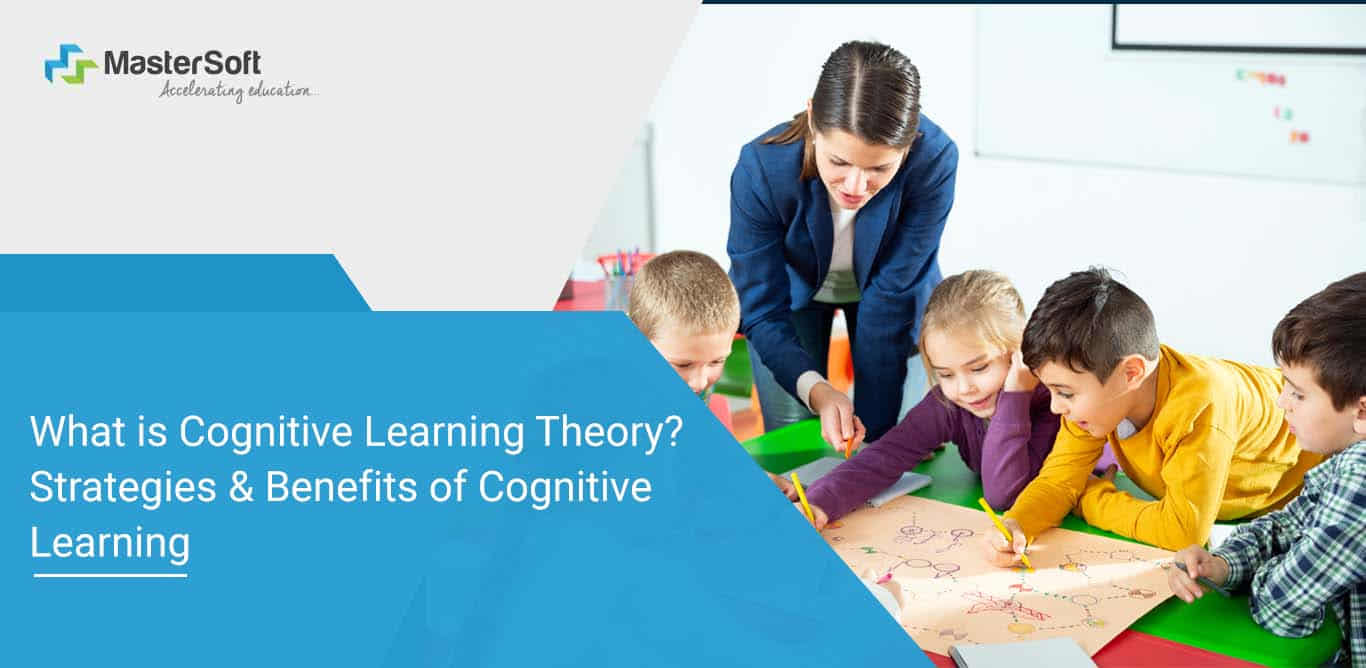
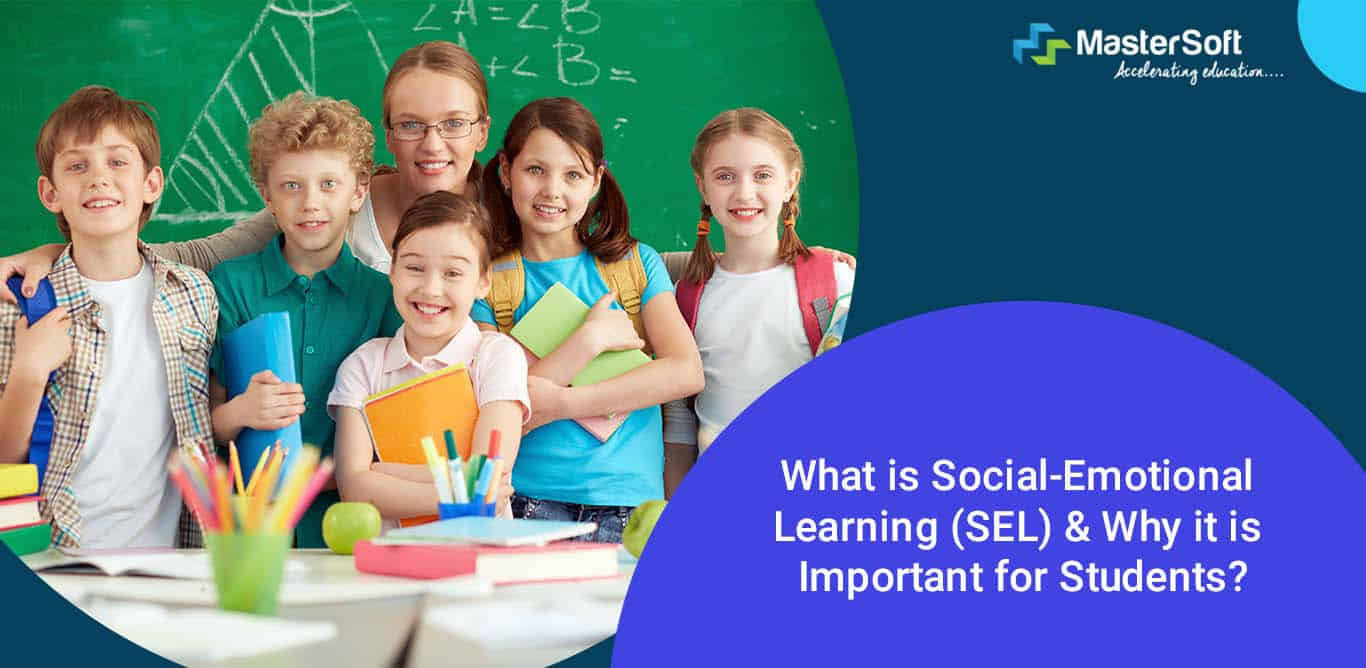

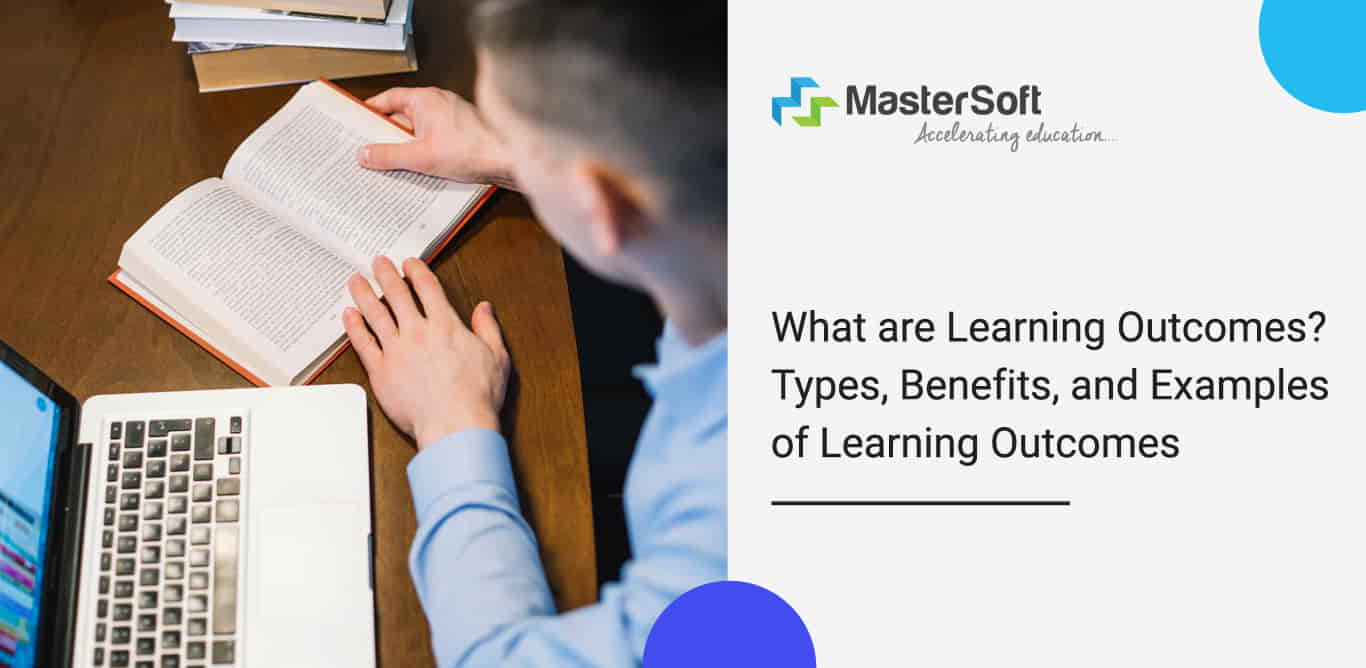
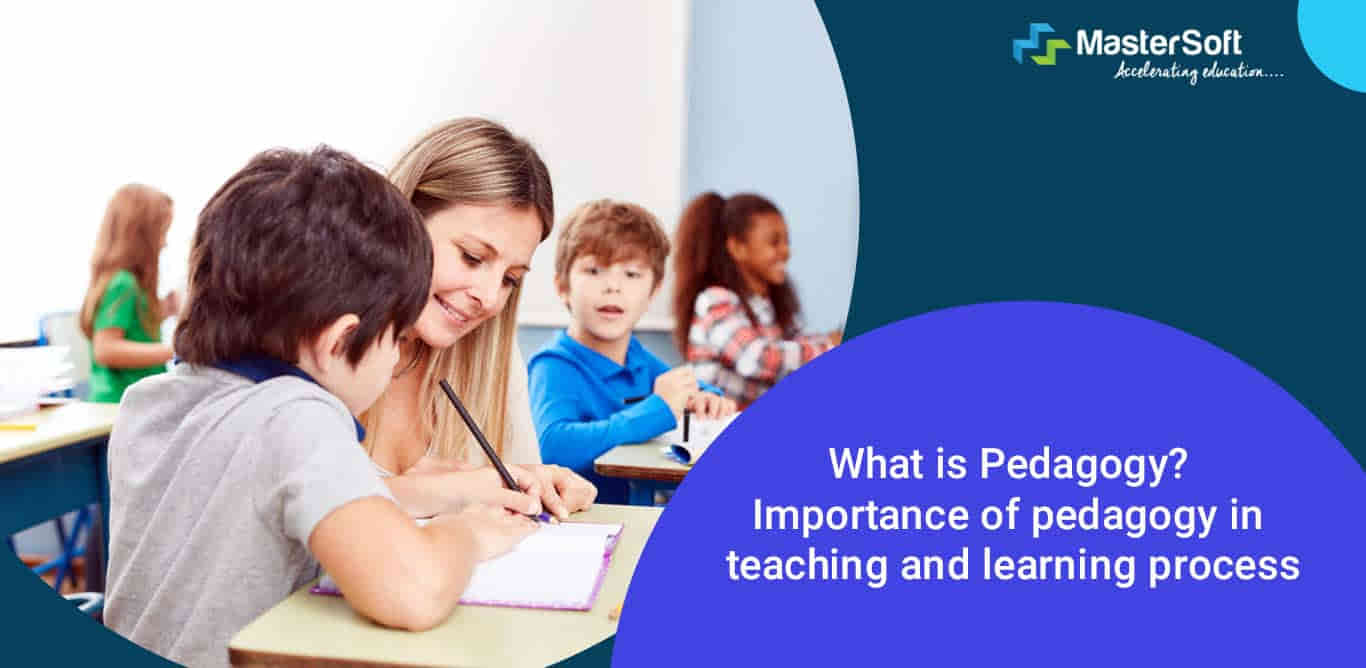
_v2.jpg)